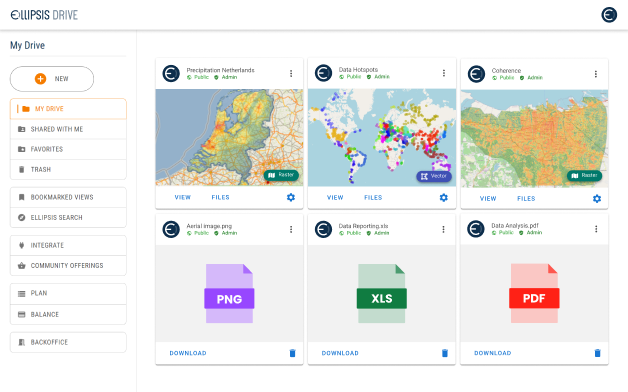GIS
The Small Satellite space: Exclusive Q&A series of industry experts
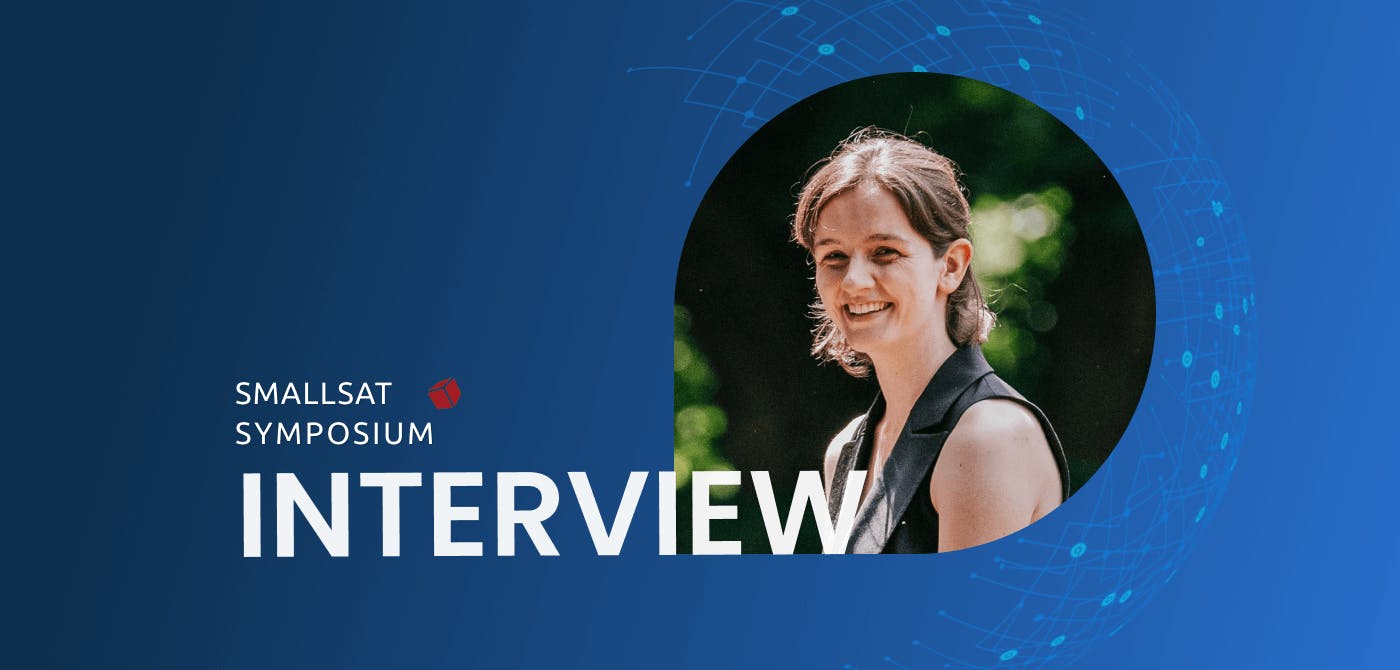
Liked what you read?

Subscribe to our monthly newsletter to receive the latest blogs, news and updates.
The Small Satellite industry grows in popularity with every passing day. And rightly so, spatial data solutions continue to seep into organizations of all nature.
Our CEO, Rosalie van der Maas, was recently in conversation with Dr. Eric Anderson, President of And One Technology, where these 2 industry experts shared their thoughts and expertise on the outlook, challenges and the way forward of the SmallSat industry.
Here’s their full interview -
Dr. Anderson - We're going to talk about data from small satellites and that's constantly increasing. We have 4 more satellites on the way up via the Astro rocket there. So more data to come. Can you quickly introduce yourself?
Rosalie van der Maas - Thank you so much. My name is Rosalie van der Maas. I'm the co-founder and CEO of Ellipsis Drive. Ellipsis Drive has built the world's first fully interoperable drive for spatial data, we are here to bridge the gap between spatial data products, whatever they may look like and their appropriate audience, whatever their professional preferences may be.
And I greatly care about the new space industry and smallsat data and especially about the accessibility and the consumability of that.
Dr. Anderson - Can you help us define who the players are in the small satellite data ecosystem?
Rosalie - Bucketing players in the small sat field is actually more difficult then you may expect, seeing as these are all moving targets, right?
So what we see is that five years ago companies were much more vertically integrated than they are today. Today, we have become much more focused and more specialized to get to space faster, get data down sooner and make it consumable in as little time as possible.
I feel like we'll just be adding links to the chain for the time being. And then we can see if that consolidates later on.
Dr. Anderson - Let's dip over briefly and talk about the cloud. Is there anything you want to say about the cloud and how it might apply to processing satellite data. And working on that chain from data to end users?
Rosalie - The sort of baseline services that the big tech giants are providing for everyone is definitely the baseline that you need, but it doesn't get you all the way because the data that we deal with is quite complex. It's more mathematical.
It is not as easy as handling simple text documents or table data. So we need an extra layer sitting in between the baseline of virtual machines and actual usability. That is a bit of infrastructure and it is still very much under construction. Obviously Ellipsis Drive is leading the charge.
It's definitely not something in which a lot of investments have been made or a lot of attention has been paid to. And I think that makes sense. We're a young industry and several hurdles needed to be taken care off before we even got ourselves to this point.
But I think it is important to note that today, it does deserve attention.
Dr. Anderson - what do you think are the bottlenecks or limitations or for making small satellite data more effective for end-users?
Rosalie - Speaking from where I am sitting, I think we really underestimate the importance of ease of access, ease of consumability and integration. There is a lot more to do there.
I feel we've only just scratched the surface in terms of what is possible, for example, in the commercial usage of satellite data. By now, we can point at plenty of examples in which this satellite data is being used commercially successfully, but too much keeps hanging in those pilot phases, those proof of concepts.
And we haven't really pushed ourselves to think about how we can get this data to become operational.
We don't understand the end user enough. I think that's a huge thing. We don't really understand how they use this data and the sort of processes that it needs to fuse with.
We're not making it easy for them at all. And that is something that really bugs me.
Especially because we see all these sensors shooting up into space and we haven't really thought about how their output should flow back to the industry.
Dr. Anderson - What specifically have you done to meet the needs of an end-user?
Rosalie - When you have valuable spatial data, there are a myriad of professionals who need to interact with it, probably at the same time, and they all have different preferences. It can be to simply click a link and go to a web browser for quick visualization and exploration.
It may be a need to ingest data via OGC protocols straight into ArcGIS or QGIS. it may be to conduct analysis via Python, or perhaps to stream a title service into an app. Whatever it is, we help industry players meet these preferences, because doing so is key to their success and growth.
For example, when you look at solution providers specifically, one of the struggles they have is that they may spend 70-80% of their time just wrangling the data that they are acquiring into shape before getting to any value added work. It's on their critical path to revenue, but it's not how they add value. All of that work should just be taken care of right off for them.
And that's why we're here. We’re aiming to be that soft wrapper around baseline cloud infrastructure that just allows us to handle spatial data much more easily and to be on a much more level playing field with other datasets.
Dr. Anderson - Let’s talk about standards for a bit. How do they matter? And which ones should we be on the lookout for?
Rosalie - Within the space industry, you have standards that aren’t necessarily standards outside of the space industry.
I think it's very important that we start teaching ourselves that we'll just deal with normal IT standards. We, as space people, will do a lot better when we make sure that our data is compatible with regular IT standards.
I'm sure you've heard of the cloud optimized geotiFF these days. It is an interesting new standard from the perspective of sellers of data and can actually solve a lot of problems. But when you're sitting on the chair of a user of that data, it doesn't actually give you a lot of flexibility.
It doesn't allow you to ingest data in a way that you would expect as a regular developer or data scientist. So what I'm saying here is that I think it's important to start abiding by standards that are standard outside of our silo. That’s the smart thing to do.
It may be more difficult for us in the geospatial industry. But then again, that's why we're here, as Ellipsis Drive, to not make that painful. IT will make a difference in getting you from pilots to actual production.
So we should stop thinking in standards that are just here within our little silo. We should rather think in terms of standards that are there to help our clients and our users.
Dr. Anderson - So if you're on the stage two or three years from now, what is the accomplishment that you will brag about? What will you say? Look, we thought this was possible and we did it.
Rosalie - We had data from space actually break out of its silo and seep into industries properly!
Take the Ellipsis Drive tour
in less than 2 minutes’
- A step-by-step guide on how to activate your geospatial data.
- Become familiar with our user-friendly interface & design
- View your data integration options
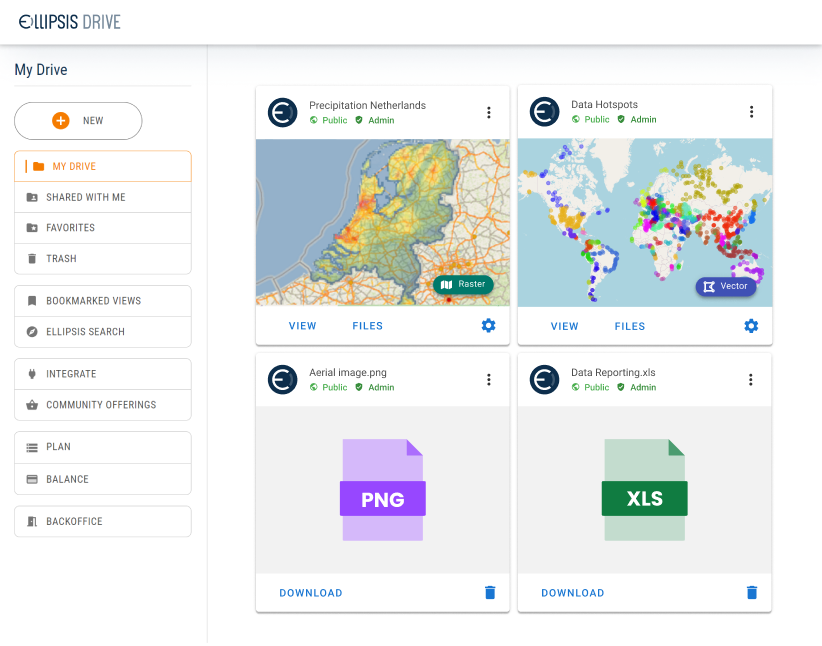
Related Articles
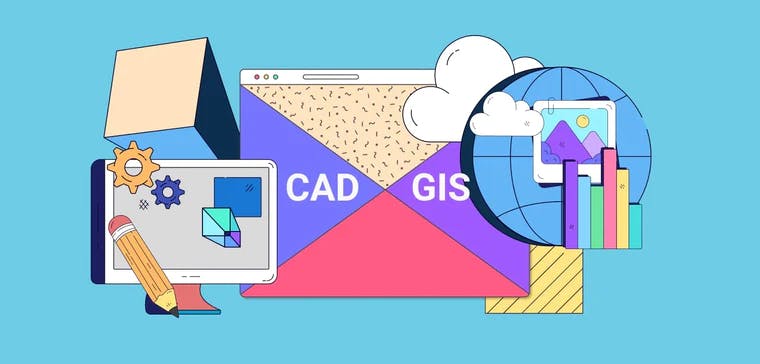
CAD vs GIS - A Comparative Analysis
CAD and GIS are two types of spatial softwares. GIS captures, stores, analyzes and presents spatial information visually. Meanwhile, computer-aided drafting or CAD enables you to design products or in
3 min read

How Can We Use GIS for Environmental Preservation?
The environment is a crucial part of our lives. Our climate is changing, and we are experiencing horrible weather patterns. Crops are dying because we cannot predict the weather. Ice glaciers are melt
5 min read
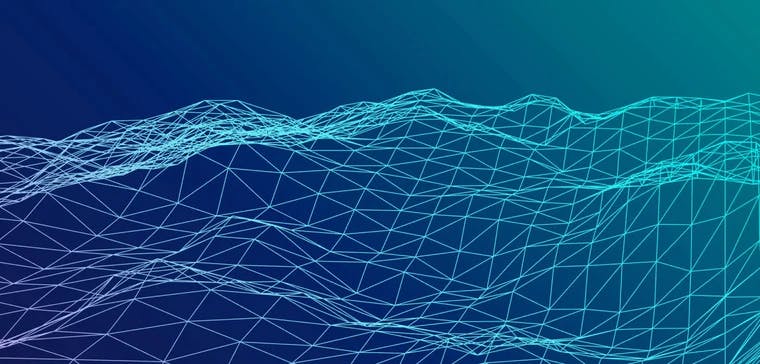
How Geocoding Can Be the Secret to Selling More Products
The dream of any business is to always be at the top of their customers’ minds, ready to sell to them when they are ready and are willing to buy. Back in the day, this goal was incredibly tough to ach
4 min read
